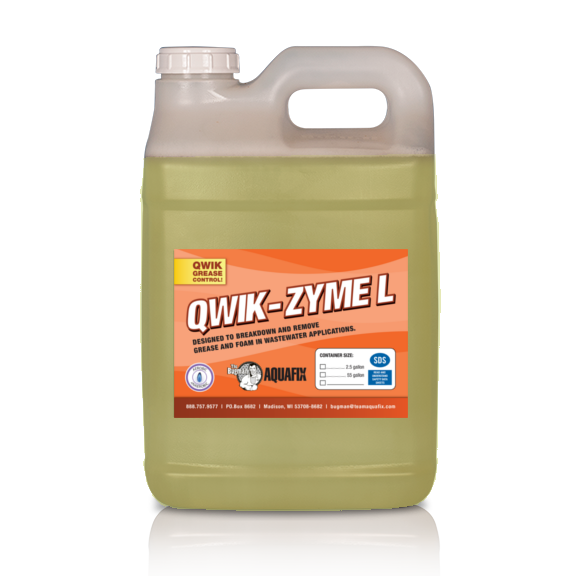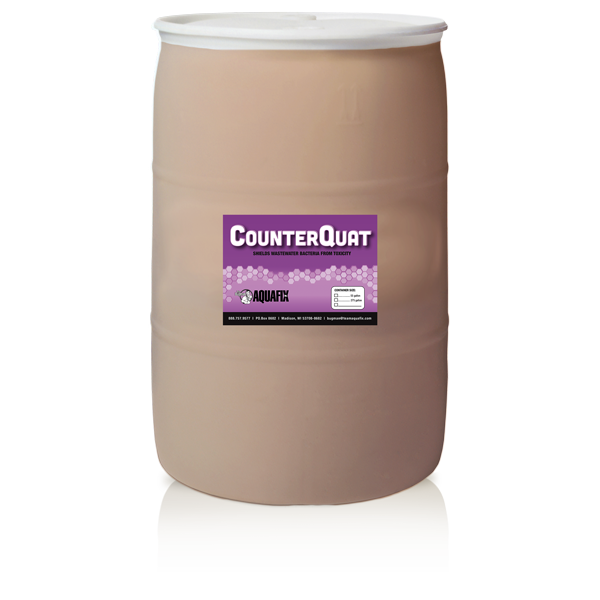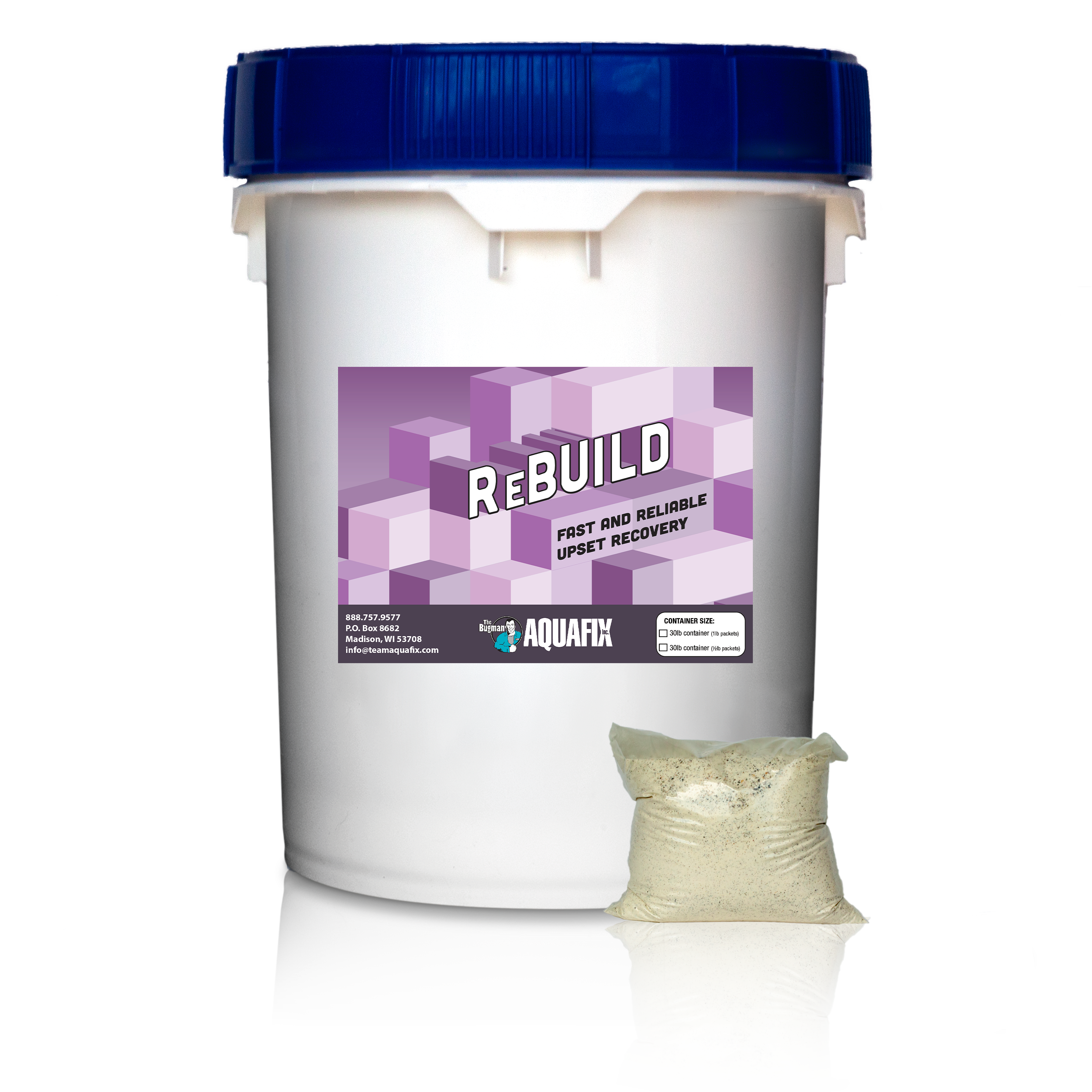Preempting the Unavoidable
Strategies for Resilient Activated Sludge Systems
Floc Focus Prevents Tipping Points
by Saylor Gilbert, Research Scientist
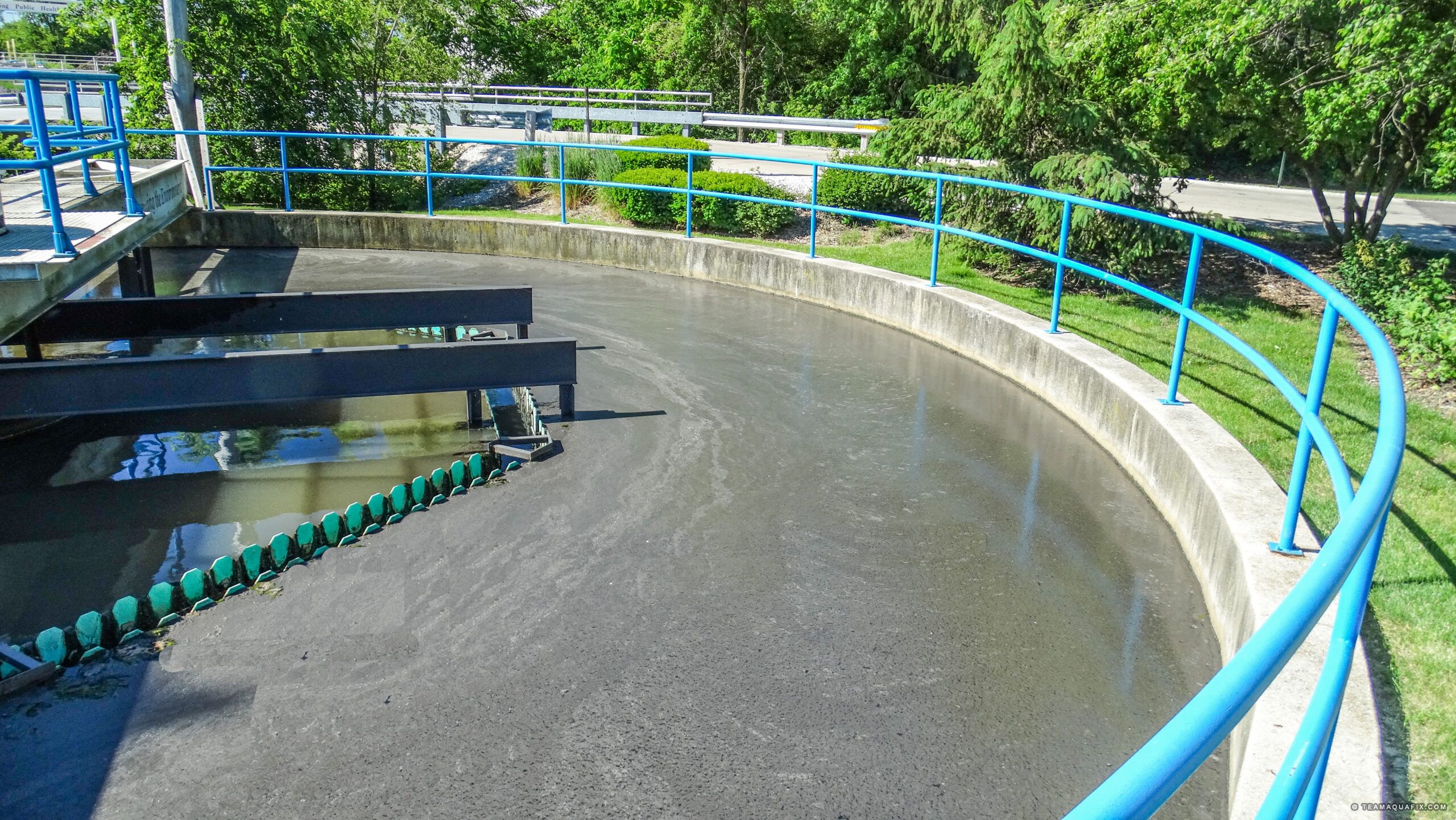
Wastewater treatment plant (WWTP) upsets, the looming monster every operator anticipates, are not a question of if, but when and how severe. These upsets can sometimes take days or weeks to resolve, and some plants never completely recover. The fallout can be extensive and expensive, lost production, equipment replacement, and permit failures. However, are these upsets truly an unavoidable reality of the wastewater industry? While they may seem inevitable, a closer examination reveals that proactive measures can mitigate their impact.
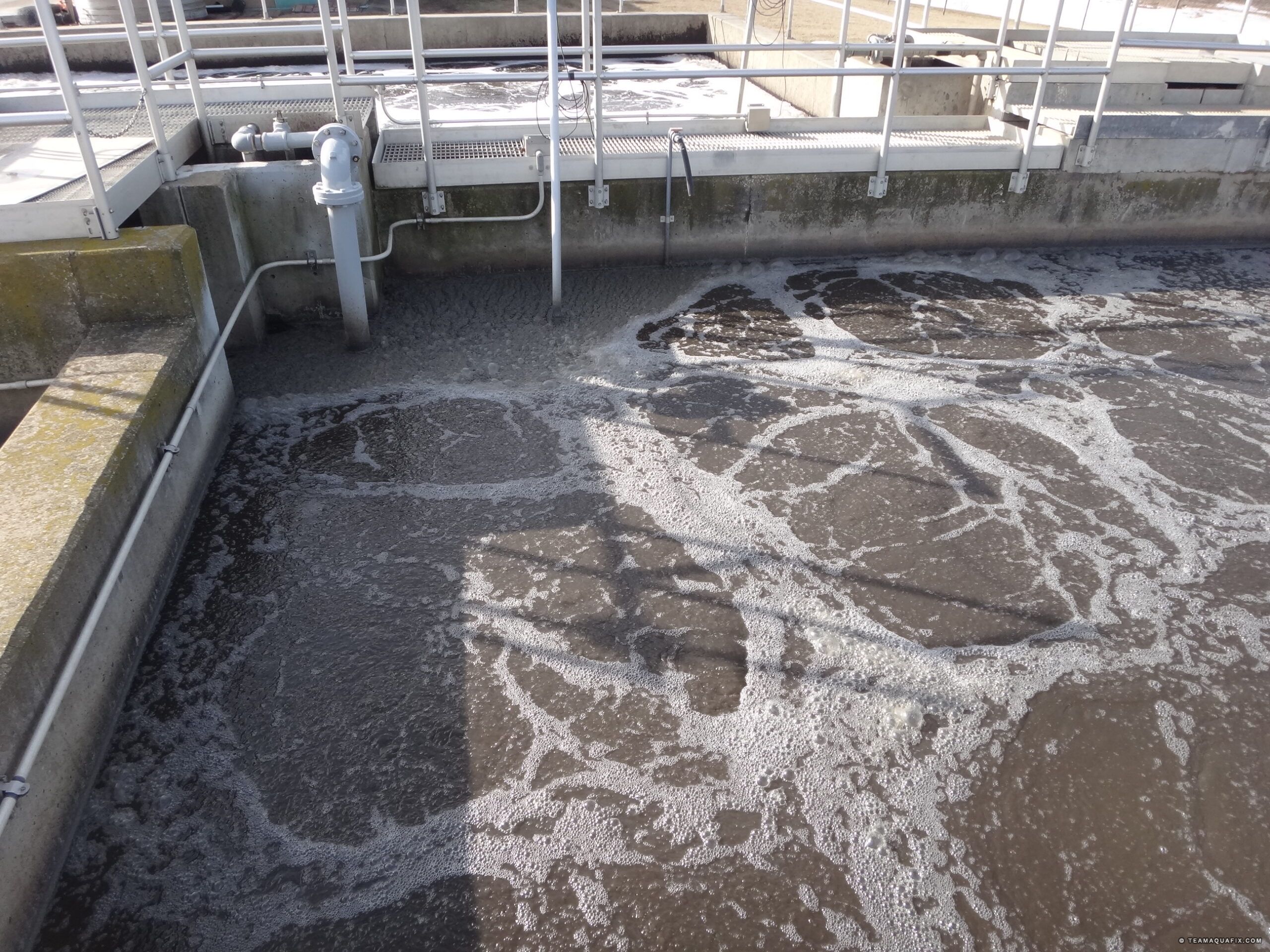
It is easy to forget that the activated sludge process is a living thing. Microorganisms drive the process, and a well-functioning treatment plant directs their efforts. A healthy system is robust and resistant to change. This phenomenon can be a major benefit to operators. In optimal conditions, it can withstand stressors, ensuring the production of quality effluent. The problem comes when these negative conditions begin to accumulate within the system and remain unnoticed. It is this stressed system that will suddenly crash when exposed to a major event like those mentioned earlier. It is also why it is often difficult to get a system back to being “healthy” once everything falls apart.
As an example, high fats, oils, and greases (FOG) are entering a plant, driving filament growth. Filaments alone aren’t problematic, though; they can coexist with dense, healthy floc. Effluent quality may not even be impacted in a noticeable way. Then, a malfunctioning blower leads to a period of low D.O. This causes floc to loosen and potentially encourages even more filament growth. The system, however, might still produce acceptable effluent. Operators might recognize the problem, but because there are not significant downstream effects, and blowers are expensive, they may delay the repair or replacement of the blower, resulting in chronic low D.O. Finally, a toxic event occurs, revealing the system’s accumulated stress. Floc disintegrates, settling becomes non-existent, nitrification is lost, and effluent quality plummets. It is easy to look at this example, especially from the perspective of the operator, and direct all blame to the toxic event, but the system was already grappling with multiple stressors. Products may be added to bind disinfectants or treat the toxic substance, but no improvements are observed because D.O. is still chronically low and F.O.G is still a major problem. To recover, the system requires an extended period of treatment and monitoring to ensure all plant stressors are adequately addressed.
- Robust systems absorb stress and maintain performance, emphasizing the importance of overall system health beyond just effluent quality.
- Employ microscopy for early detection and management of potential issues.
- Early intervention and prevention are crucial, encapsulating the principle that “An ounce of prevention is worth a pound of cure.
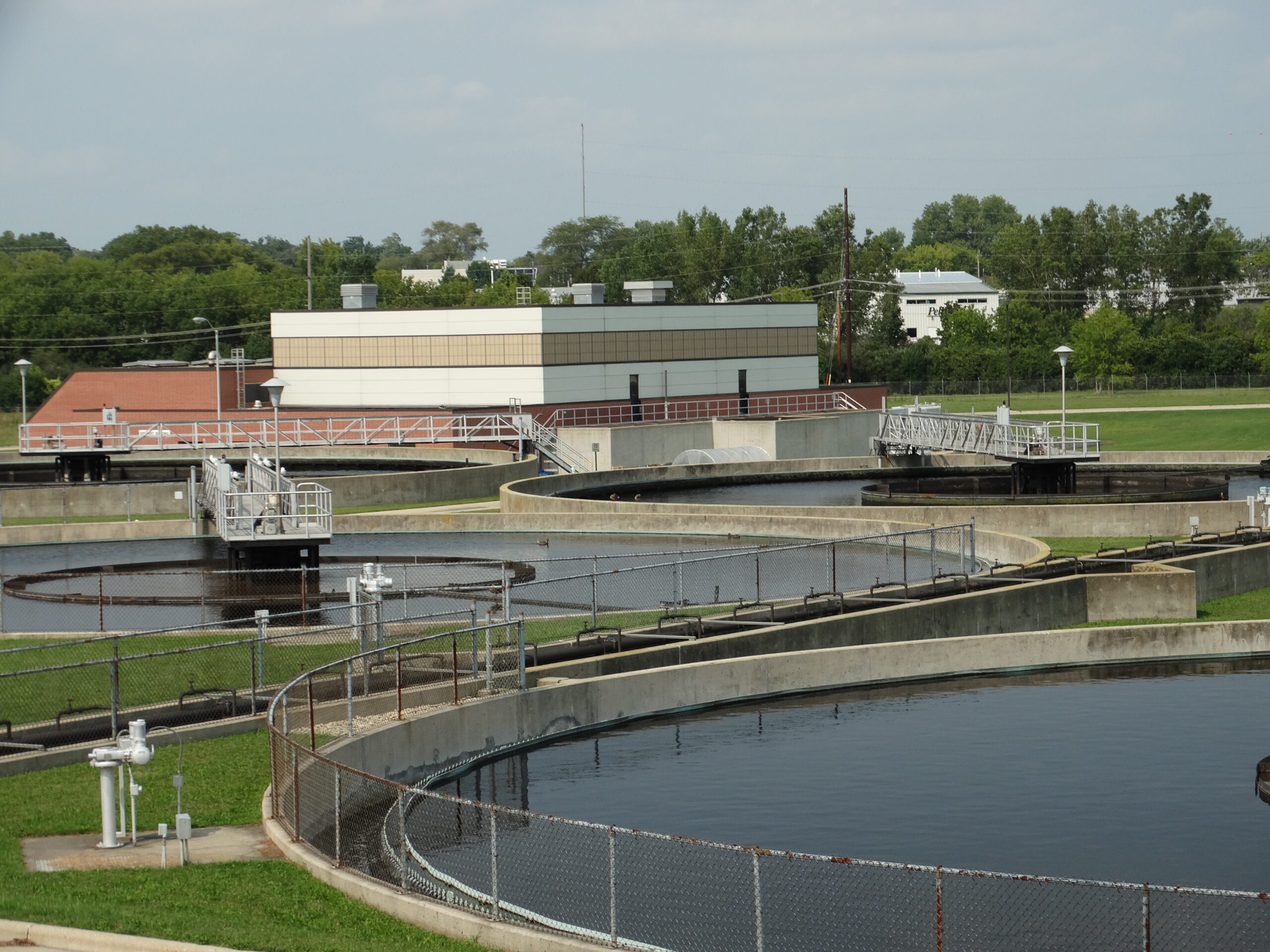
Upset Recovery Solutions
Qwik-Zyme L
- Mitigate foaming and FOG filament outbreaks
- Removes oil scum in clarifiers and aeration basins
- Improves BOD removal and effluent TSS caused by high incoming FOG
CounterQuat
- Mitigate potential upsets and protect bacteria from toxins
- Works against Quats, PAAs, and other cleaning agents
- Great for systems with frequent cleanouts

About the Author
Saylor Gilbert is a Research Scientist for Aquafix and holds a bachelor’s in microbiology. His expert knowledge of toxicity and F.O.G. allows us to push our products forward and continue to provide our customers with top-tier wastewater solutions.

